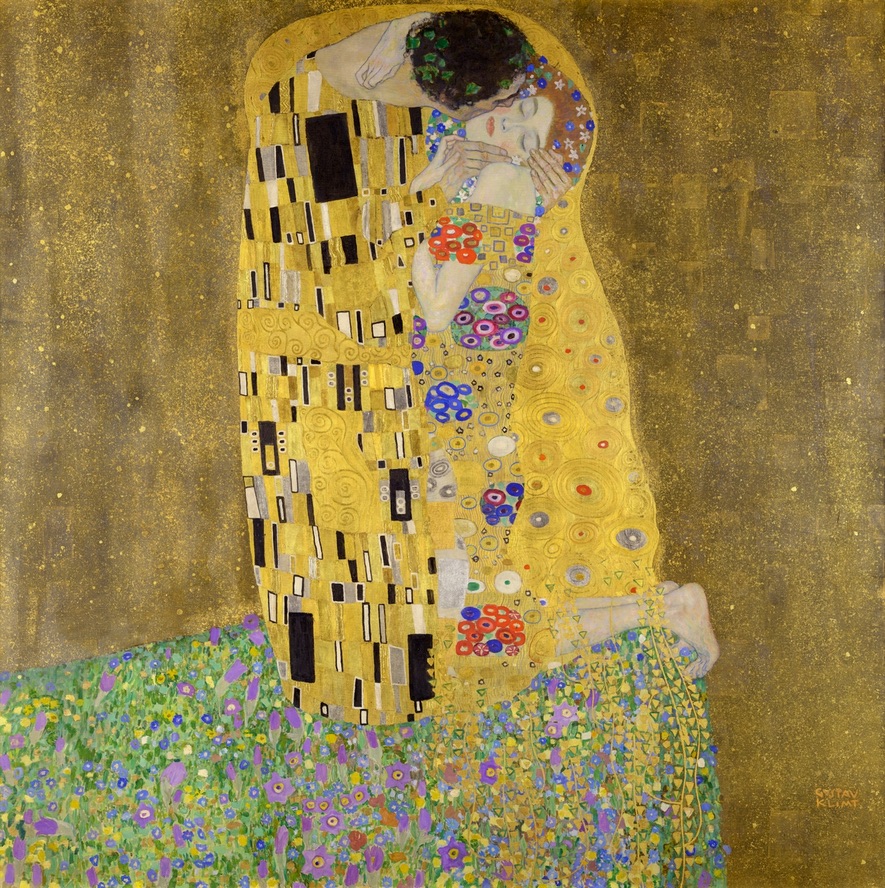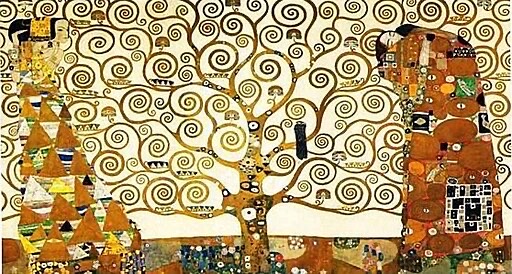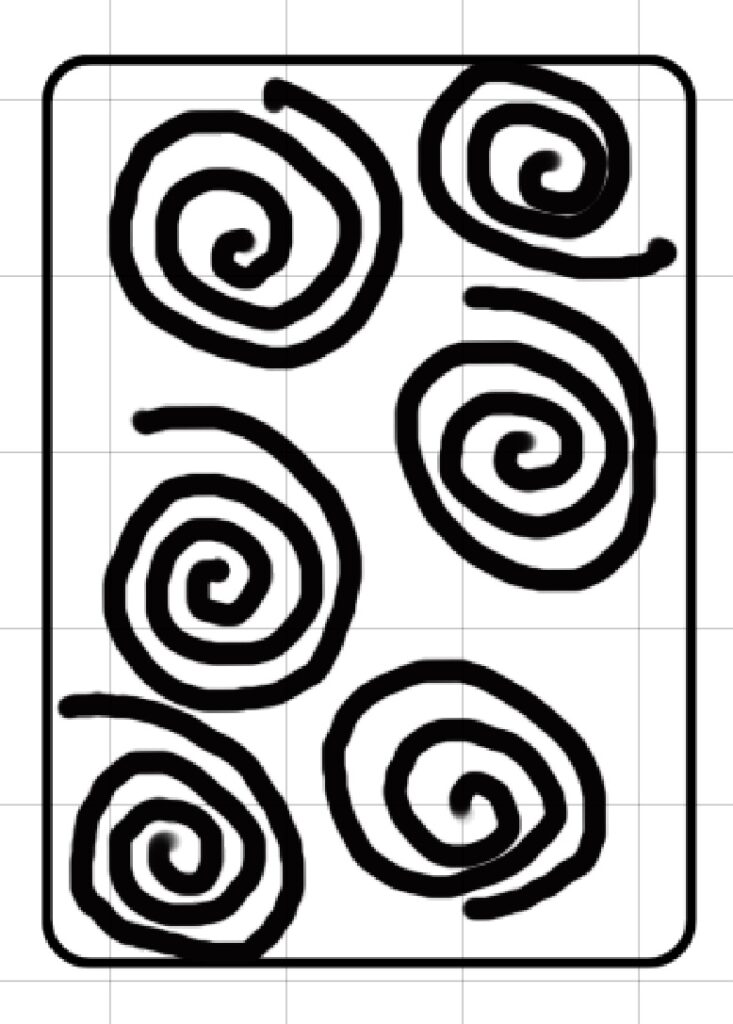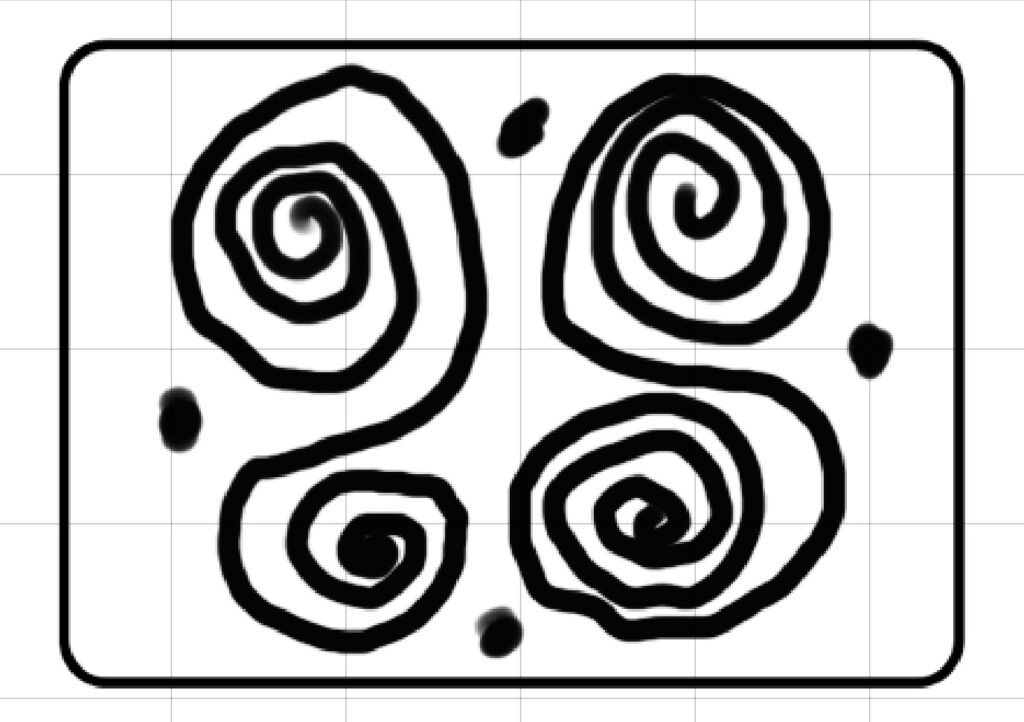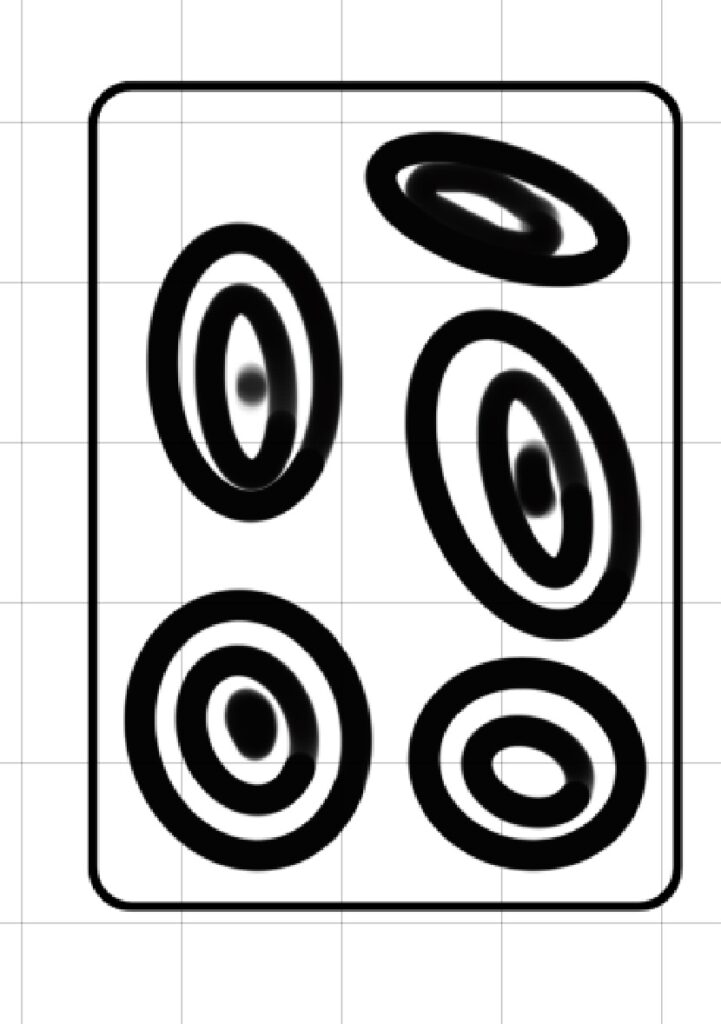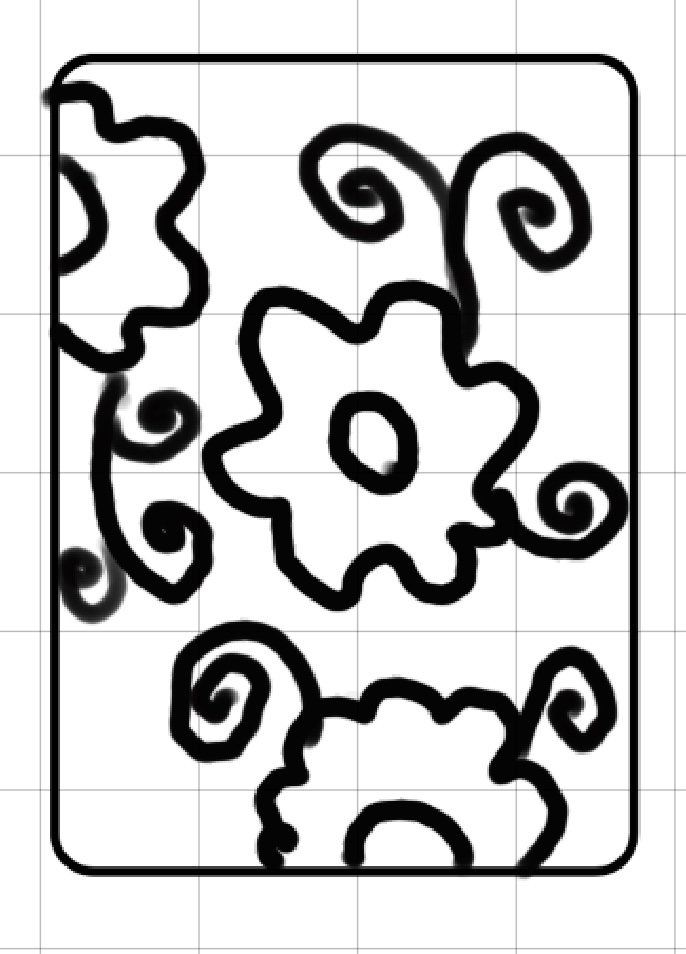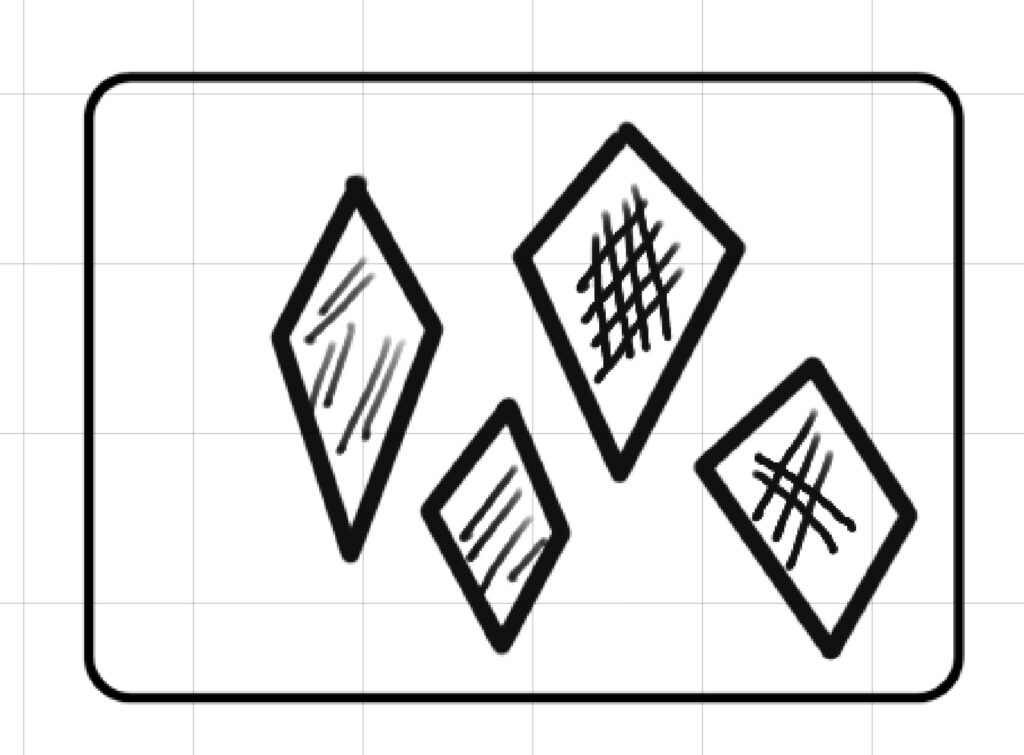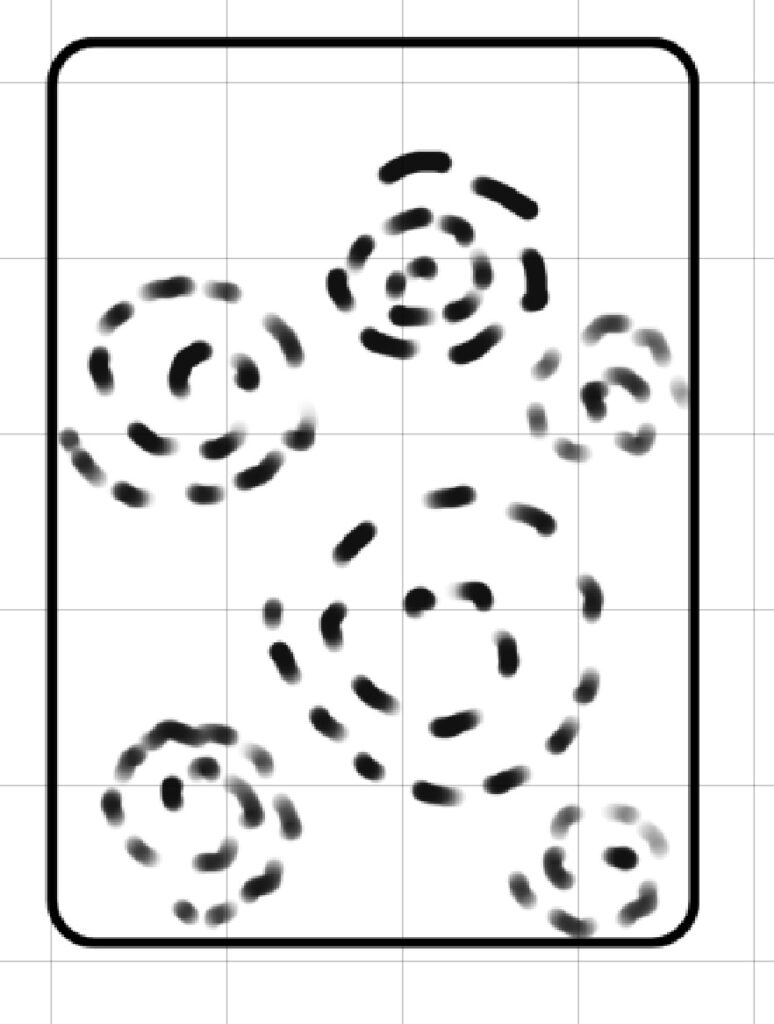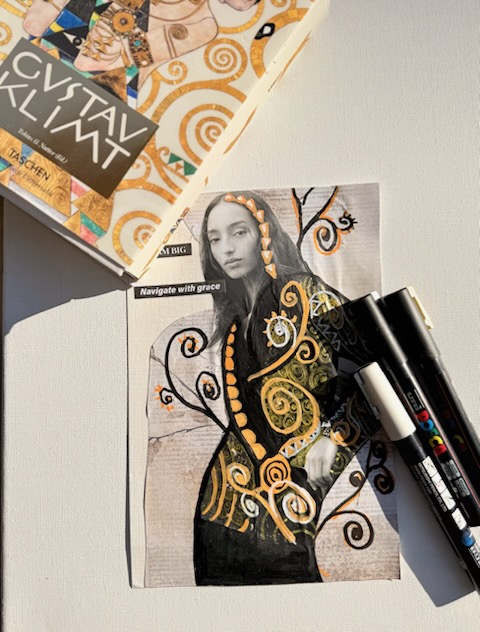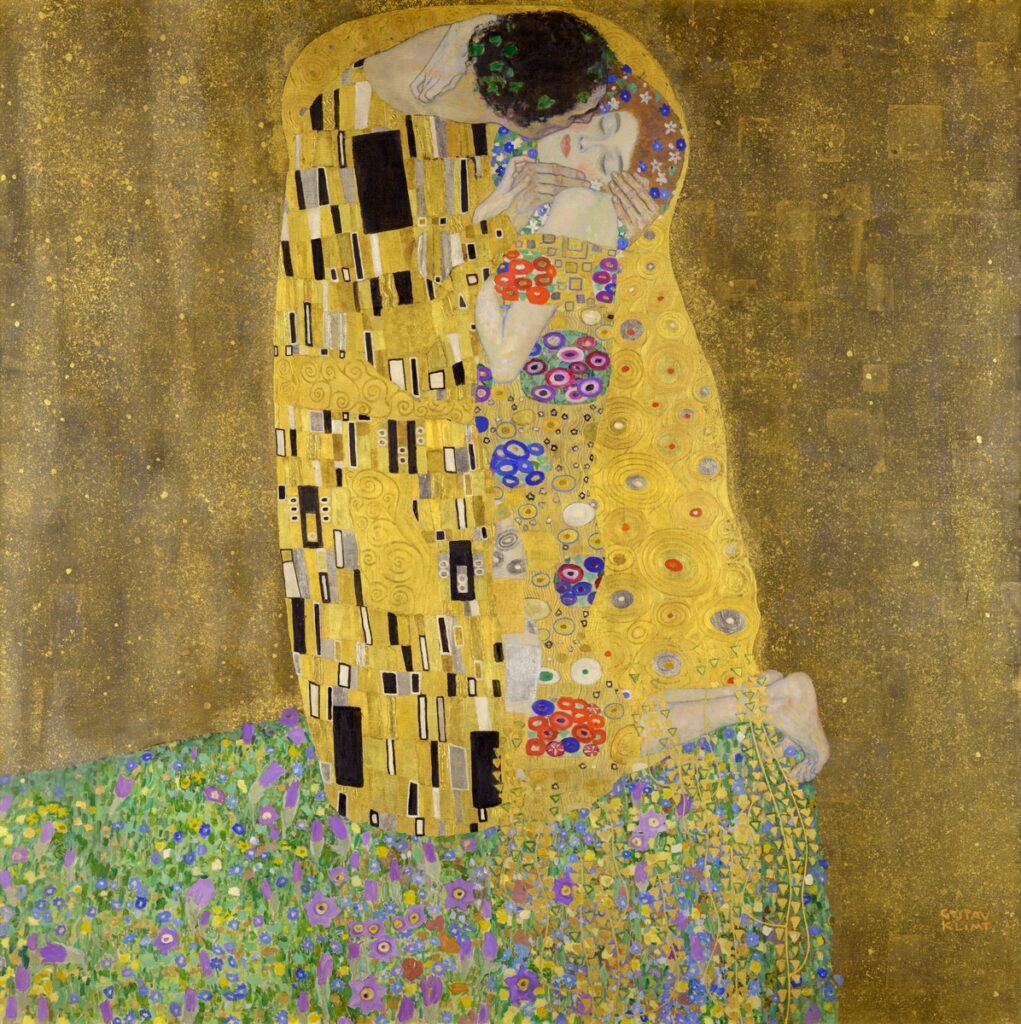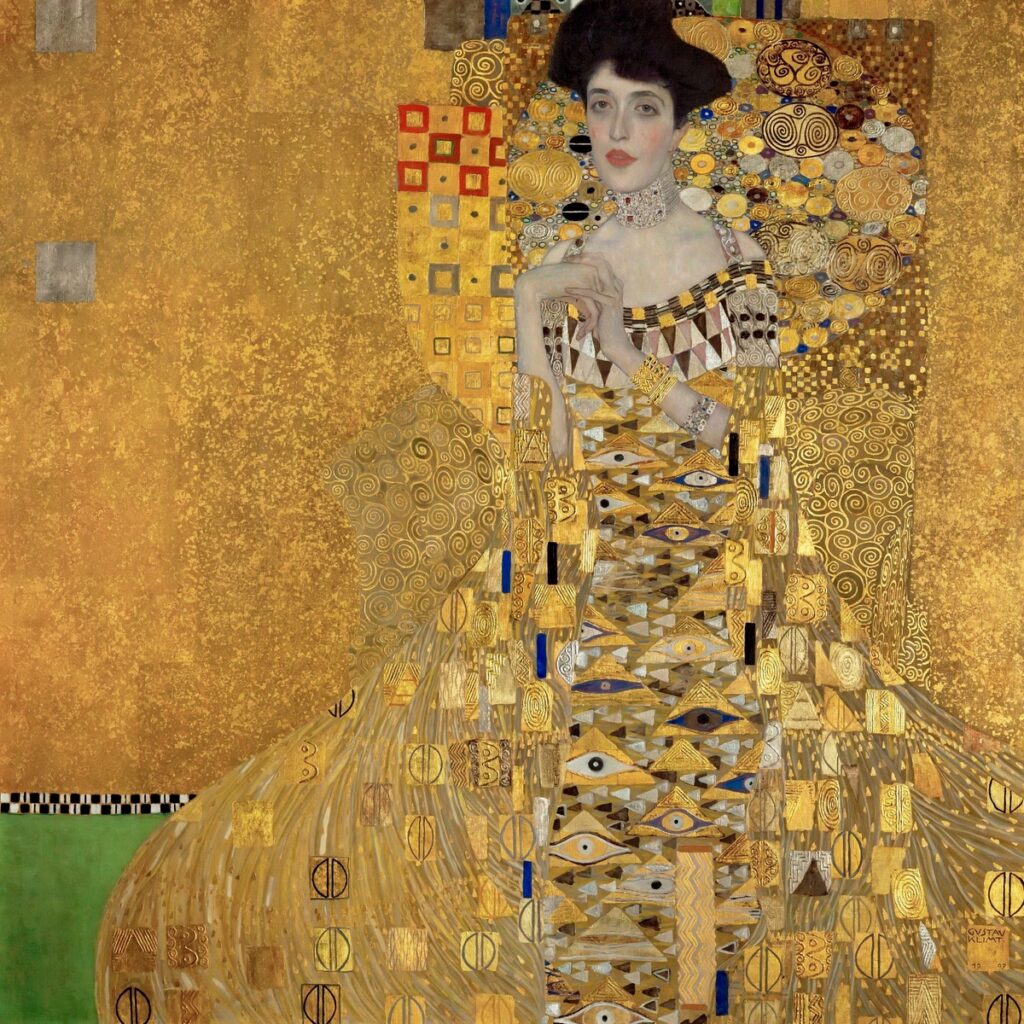30 Easy Gustav Klimt’s Patterns for Art Journaling
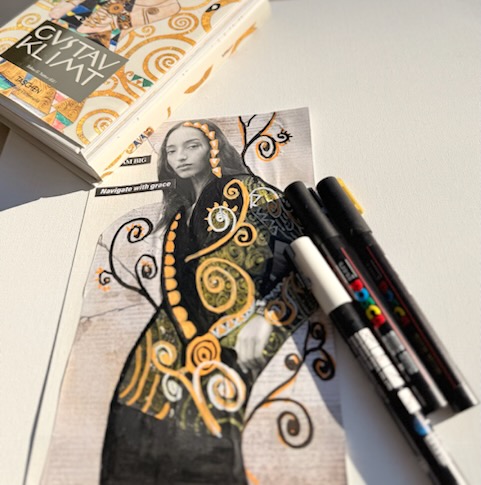
30 Easy Gustav Klimt patterns for Art Journaling
Have you ever flipped through your art journal and thought, “I wish my pages felt more magical… more symbolic… more filled with meaning?”
Or have you ever felt intimidated by creating patterns in your art journal?
If so, you’re in for a treat! 🌟
Today, we’re diving into the mesmerizing world of Gustav Klimt patterns. We’ll explore his decorative designs that are not only stunning but also surprisingly beginner-friendly to recreate in your art journal! Whether you’re searching for easy art journal patterns or want to learn how to draw Klimt-inspired doodles, this guide will walk you through 30+ simple patterns that anyone can master. I also included two gifts for you one is more than 35 printable doodles and patterns to try and 17 fun and creative art Prompts that will get your creativity blooming.
You’ll absolutely fall in love with drawing patterns and doodles inspired by the legendary artist Gustav Klimt!
Klimt’s art is rich with gold, symbolism, swirls, shapes, mosaics, and expressive figures. Let me tell you, his style is filled with elements that you will use in your art journal. His patterns weren’t just decoration; they were a language. They told stories of love, femininity, nature, dreams, and the mysteries of the human soul.
So, get your pen, a metallic gold marker, and your adventurous creative spirit ready. You’re about to infuse your journal with golden magic. ✨
Table of Contents
Who Was Gustav Klimt? The Master of Decorative Patterns
Gustav Klimt (1862–1918)was an Austrian painter who became famous for his golden, pattern-filled masterpieces. His most famous work is “The Kiss,” where the figures are covered with elaborate geometric patterns, spirals, and beautiful elements that seem to dance across the canvas.
He is best known for:
•✨ His “Golden Phase,” which is rich with real gold leaf, mosaics, and intricate patterns
•💋 His iconic works like The Kiss, The Tree of Life, and Portrait of Adele Bloch-Bauer I
•🌿 His symbolism he blended nature, spirituality, romance, and feminine beauty
•🌀 His decorative style that feels almost like visual poetry
Klimt’s art is where fine art meets doodling, pattern work, and storytelling but also his work is a perfect match for art journaling.
Why Klimt’s Style Fits So Perfectly with Art Journaling
Klimt’s work is a treasure chest for art journalers because:
✅ 1. It encourages creative play
Klimt layered patterns, paint, collage textures, and gold is very much like art journaling today.
🧠 2. There’s symbolic meaning behind the doodles
He used spirals, circles, triangles, and shapes to express emotions, spirituality, connection, and nature.
🧵 3. It blends fine art with textile-like patterns
His art often feels like embroidery, quilting, stained glass, or ornamental textiles. It is definitely all fun to recreate with pens, washi tape, collage, or stamping.
💛 4. It celebrates emotion and inner worlds
This goes beautifully with the heart of art journaling: expressing what you feel, not just what you see.
🎨 5. You don’t need drawing skills to start
Many Klimt patterns are made of simple shapes repeated creatively.
So yes….you can create art inspired by Klimt, even if you think you “can’t draw.”
Elements of Klimt’s Visual Style You Can Borrow for Your Pages
Here are the main ingredients we will mix into your journal:
Klimt Style Element | How You Can Use It in Your Journal |
Gold (leaf, paint, ink) | Create highlights, borders, affirmation words, or focal points |
Spirals & Swirls | Backgrounds, hair, tree branches, flowing energy |
Geometric patterns | Clothing, mosaic borders, patchwork pages |
Organic shapes | Leaves, vines, flower motifs, natural symbols |
Symbolism & emotion | Journal prompts, personal inner world pages |
Decorative layers | Collage + paint + pen doodles + texture |
Contrast of realism + pattern | Mix a realistic face with patterned hair/clothing |
The Symbolism Behind Klimt’s Patterns (Great for Journaling!)
Now this is super fun…Klimt’s doodles were not random. They had meaning:
Symbol | What Klimt Used It For | Meaning You Can Explore |
🌀 Spirals | The Tree of Life | Growth, evolution, personal journey |
🔴 Circles | Clothing, backgrounds | Wholeness, femininity, cycles, unity |
🟨 Squares & rectangles | Mosaics, male figures | Structure, logic, stability |
△ Triangles | Patterns within clothing | Strength, energy, ambition |
🌿 Leaves & vines | Nature themes | Renewal, creativity, life force |
✨ Gold | Backgrounds, halos | Wisdom, value, sacredness |
These symbols are wonderful for expressive journaling.
So next time you add a spiral or a gold shape to your page, ask yourself: “What does this symbolize for me?”
30 Easy Klimt-Inspired Patterns and Doodles for Art Journaling
Ready to fill your art journal with Klimt-inspired art? Here are 30 patterns inspired by his work. Start with one or two, then combine them as you gain confidence!
🌀 Spiral Patterns and Curved Designs
1. Simple Spirals: Draw spirals of varying sizes clustered together. Start from the center and work outward in a circular motion. This is one of the most recognizable Klimt doodles.
2.Double Spirals: Create spirals that mirror each other, like a decorative S-shape. Perfect for borders and decorative elements.
3.Spiral Clusters: Fill a space with tiny spirals packed closely together. This zentangle-style pattern creates beautiful texture.
4.Spiral Borders: Use a row of connected spirals to create decorative edges in your art journal pages.
Geometric Patterns for Art Journals
5. Checkerboard Squares: Alternate filled and empty squares in a grid pattern. Add tiny details inside some squares for visual interest.
6.Stacked Rectangles: Draw overlapping rectangles of different sizes, filling each with a different pattern or color. This geometric art journal technique adds depth.
7.Triangle Clusters: Create groups of triangles pointing in various directions, like scattered gems. One of the easiest beginner doodle patterns.
8.Concentric Circles: Draw circles within circles, filling the rings with different colors or patterns. This creates a mesmerizing focal point.
9.Diamond Grid: Create diamond shapes, filling alternating diamonds with solid color. A classic Klimt geometric pattern.
10.Klimt Squares: Fill squares with different mini-patterns—dots, lines, crosses, or spirals. This technique appears throughout Klimt’s work.
Eye Motifs and Organic Patterns
11. Mysterious Eyes: Draw simple almond-shaped eyes with decorated eyelids and lashes. These symbolic patterns add intrigue to your pages.
12.Leaf Cascade: Create falling leaves with decorative veins and swirls inside. Perfect for nature-inspired art journaling.
13.Stylized Flowers: Draw simple circular flowers with patterned petals and decorative centers. These floral doodles are wonderfully forgiving.
14.Tree of Life Branches: Create curving branches with spiral endings and geometric leaves, inspired by Klimt’s famous “Tree of Life” painting.
15.Petal Bursts: Draw flowers that explode outward with elongated, decorated petals. A beautiful decorative motif for any page.
Line Work and Dot Patterns
16. Parallel Lines: Draw groups of straight or wavy parallel lines, varying the spacing and thickness. Simple yet effective line patterns.
17.Dot Clusters: Create areas filled with dots of varying sizes, denser in some areas than others. This stippling technique adds texture.
18.Cross-Hatch Diamonds: Fill diamond shapes with cross-hatched lines going in different directions. Great for creating dimension.
19.Radiating Lines: Draw lines that radiate from a central point, like sunbeams. A striking focal point pattern.
20.Dotted Spirals: Create spiral paths using dots instead of solid lines. This combines two classic Klimt elements.
Advanced Pattern Combinations
21. Mosaic Tiles: Draw irregular shapes fitted together like a mosaic, filling each with a different mini-pattern. Perfect for mixed media art journaling.
22.Klimt Columns: Create vertical strips, each filled with a different repeating pattern. This technique appears in The Kiss.
23.Spiral–Eye Combo: Place an eye at the center of a spiral for a mystical effect. A signature Klimt design element.
24.Geometric Garden: Combine circles, triangles, and rectangles with organic leaf and flower shapes for visual contrast.
25.Layered Transparency: Draw overlapping circles or rectangles, creating new shapes where they intersect. This layering technique adds sophistication.
Bonus Klimt-Inspired Doodles
26. Fish Scale Pattern: Create overlapping semicircles that resemble fish scales or roof tiles. A classic Art Nouveau pattern.
27.Klimt Border Design: Combine several small patterns in a decorative border strip. Perfect for framing journal pages.
28.Starburst Circles: Draw circles with radiating points, like decorative suns. These mandala-like patterns are meditative to create.
29.Wavy Stripes: Create undulating horizontal stripes with different patterns in each band. Great for backgrounds.
30.Traiangles Inside sSquares: Draw squares fill them with triangles and fill the triangles with patterns.
How to Create Klimt-Inspired Art Journal Pages: Step-by-Step Tutorial
Ready to create your first Klimt-style art journal page? Here’s a simple beginner-friendly process:
Step 1: Choose Your Patterns
Select 3–5 patterns from the list above that appeal to you. Don’t overwhelm yourself—start small!
Step 2: Create Your Base Design
Lightly sketch a simple shape or figure on your page, it could be a vase, a tree, a person’s silhouette, or just abstract sections.
Step 3: Fill with Patterns
Fill different areas with your chosen patterns. Don’t worry about perfection,Klimt’s work has an organic, hand-drawn quality that makes it forgiving for beginners. You want more doodle and patten inspiration check this out
Step 4: Add Color
Golds, bronzes, greens, and blues were Klimt favorites, but use whatever colors make you happy. Watercolor techniques work beautifully with these patterns.
Step 5: Add Metallic Accents
Consider adding metallic pens or paint for that signature Klimt shimmer. This optional step elevates your art journal design.
Best Supplies for Klimt-Inspired Art Journaling
You don’t need fancy materials to create Klimt-inspired patterns. Here’s what works well for beginners:
•Black fine-line pens (0.3mm to 0.8mm) for detailed line work
•Watercolors or acrylic paints for adding color
•Metallic gel pens or paint pens (gold, bronze, copper) for that signature shimmer
•Colored markers or pencils for filling larger areas
•Art journal or mixed media paper (at least 90lb weight)
You don’t need expensive materials to create beautiful art!
Some of the links in this post are affiliate links. That simply means that if you fall in love with a product I personally use and recommend and decide to bring it into your creative world, I may earn a small commission at absolutely no extra cost to you.
Overcoming Common Pattern-Drawing Fears
Many beginners worry about:
•“My spirals aren’t perfect.” Klimt’s weren’t either! Organic, hand-drawn quality is part of the charm.
•“I can’t draw straight lines.” Use a ruler if needed, or embrace wobbly lines as part of your style.
•“My patterns look too simple.” Simple patterns combined create complexity. Start small!
•“I don’t know which patterns to use together.” Stick to 3–5 patterns per page to avoid overwhelm.
Klimt’s Most Famous Pattern-Filled Artworks for Inspiration
“The Kiss” (1907–1908): Features rectangular patterns on the male figure and circular, floral patterns on the female.
“Portrait of Adele Bloch-Bauer I” (1907): Showcases intricate gold patterns, spirals, and eye motifs.
“The Tree of Life” (1909): Displays swirling branches, spirals, and geometric shapes.
reference
https://www.rawpixel.com/all/gustav%20klimt%20public%20domain?page=2&path=1633&sort=curated
https://commons.wikimedia.org/wiki/File:Klimt_Tree_of_Life_1909.jpg
https://klimtgallery.org
Frequently Asked Questions About Klimt Patterns
What makes Klimt’s patterns unique?
Klimt combined geometric precision with organic flow, mixing structured shapes like squares and triangles with natural spirals and curves. His use of gold and metallic elements also set his work apart.
Do I need special art supplies to create Klimt patterns?
No! Basic pens, markers, and watercolors work beautifully. Metallic pens add lovely accents but aren’t required.
How long does it take to fill a page with Klimt patterns?
It varies by complexity, but most beginners can complete a simple patterned page in 30–60 minutes. The process is meditative, so enjoy the journey!
Can I use Klimt patterns in other crafts?
Absolutely! These patterns work beautifully on greeting cards, bookmarks, fabric painting, pottery decoration, and more.
A Gifts For you
I have a little surprise tucked away for you right here. I’ve put together these 25 Klimt-inspired doodle specially for you.
I absolutely love seeing you learn and create. There’s nothing that makes me happier than watching you explore your creativity and unlock your amazing talent.
So please, dive in and have fun with these. And I really mean this, if you make something you want to share, I would be absolutely thrilled if you shared it with me. I’d be over the moon to see what you’ve made!
And if you have a question, or get stuck on an idea, please don’t hesitate to ask me. I’m always here to help.
Gustav Klimt’s inspired patterns
Happy creating! Can’t wait to see your magic.
Final Creative Encouragement
Gustav Klimt didn’t follow the rules, he invented his own visual language.
That spirit is at the core of art journaling.
So when you try these patterns:
✨ Don’t aim for perfect.
🎨 Combine messy paint with gold doodles.
🌀 Let your lines flow where they want.
💋 Tell your own story through symbols.
Your journal is your golden world. It is a place where mistakes can turn into mosaics, feelings become patterns, and imagination has no limits.

